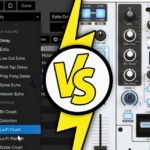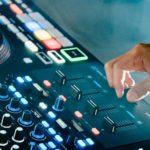Most hobby DJs use DJ controllers and laptop software, because it’s a cheap, powerful way to DJ. However, most clubs have Pioneer DJ CDJs installed, which is a different way to DJ. If you want to play in clubs, you may decide you want to DJ on the Pioneer CDJs rather than try to take your own equipment with you. In this article, we’ll cover all you need to know to make the switch from DJ controllers to CDJs.
Get the free training
We’ve made a free two-hour Pioneer CDJ-3000 training tutorial and video manual, that contains all you need to know to make the switch from DJ controllers to CDJs. It’s like having a CDJ-3000 expert talk you through every single feature, to give you the confidence to play on CDJs even if you’ve never used them. Don’t battle with the manual – let us show you for free.

















